Palmetto Bluff Real Estate Company Sales Office
Office Hours
Monday-Friday 9am - 5pm
Saturday 9am - 4pm
Sunday 12 - 4pm
Saturday 9am - 4pm
Sunday 12 - 4pm
If you’ve spent any time outside in the evening at Palmetto Bluff, you’ve probably seen bats darting overhead. You also probably haven’t given them much thought other than to wish they were eating more mosquitoes. But although these small nocturnal mammals not only help keep the populations of annoying biting insects in check and consume millions of flying pests that would otherwise munch on agricultural crops or even your flowers, bats in the Lowcountry have been largely unstudied.
That is until last July when over 100 researchers from all over the United States participated in the Southeastern Bat Diversity Network’s 2015 Bat Blitz, sponsored by the Palmetto Bluff Conservancy. For three nights, biologists from universities, federal and state agencies and other organizations spread out in Beaufort and Jasper Counties in an effort to identify the types and numbers of bats in our area.
Teams of biologists set up mist nets along the River Road Preserve, the Headwaters Nature Trail and other locations throughout the Bluff as well as at sites in Savannah National Wildlife Refuge, Pinckney Island National Wildlife Refuge, Victoria Bluff Heritage Preserve, Spring Island and Honey Horn Plantation on Hilton Head. Nets were set up along corridors that the bats traveled as they went from their roosting sites to feeding areas to catch the bats for research and documentation. But don’t worry – they were released to fly about shortly thereafter.
Even though these nocturnal creatures are mysterious and a little spooky, Lowcountry bats play a major role in maintain healthy natural habitats in our area. Read along to learn more about bats – you may just find they are more than creatures in caves.%GALLERY%
Red Bat
The rusty or brick color of the red bat camouflages it perfectly as it roosts in trees. In fact, although red bats are fairly common, it’s almost impossible to spot them when they’re sleeping since they look just like a pine cone or cluster of dead leaves as they hang in a tree. Although you might think that the only thing that could possibly think that a red bat is cute is another red bat, bat biologists often describe the red bat as the most beautiful bat in North America.
Evening Bat
Although evening bats live in maternal colonies (adult males are solitary), they rarely roost in caves. Instead, they prefer tree cavities or occasionally buildings. Evening bats should be adored by farmers in the South as their favorite food is the cucumber beetle whose larva destroys Southern corn crops.
Mexican Free-Tailed Bat
Mexican free-tailed bats are one of the most abundant mammals in the United States thanks to the huge colonies that live in caves in the Southwest. In coastal South Carolina, this bat roosts under bridges or sometimes in buildings. You may recognize this bat as the logo used by Bacardi.
Rafinesque’s Big-Eared Bat
It’s impossible to mistake the Rafinesque’s big-eared bat for any other of the bat species found in South Carolina – the huge ears make it easily recognizable. But if the ears aren’t enough of a clue to its identity, its peculiar snout is another distinguishing physical feature and the reason for it sometimes being called “lump-nosed bat.”
Tricolored Bat
These tiny bats, weighing only a few tenths of an ounce, are one of the species affected by white-nose syndrome (see inset). The disease has not been found in tricolored bats (or any other bats) in the Lowcountry, but the threat of this devastating infection makes protecting our native bats more urgent.
Hoary Bat
Not a single hoary bat was captured during the 2015 Bat Blitz, but the researchers weren’t surprised: hoary bats only spend the winter in coastal South Carolina. However, although you might find male and female hoary bats in January in the Lowcountry, during the summer the sexes move to different areas; the females head north where they will give birth and raise their pups and the males head west. (Separate vacations, perhaps?)
White Nose Syndrome
Understanding what bat species are present in the Lowcountry and in what numbers is especially important now because bats are facing threats from both habitat loss and from a devastating fungal infection called white-nose syndrome. In 2006, bats in a cave in New York state were discovered dying of a disease that covered their snouts in a white fuzzy fungus (hence the name “white-nose syndrome). The fungus is thought to have come from Europe where bats, having developed an immunity to the disease, were unaffected by it, but their North American friends were not so lucky. The fungus thrives in cool temperatures and afflicts bats that are hibernating. The sleeping bats use up their fat reserves as their bodies struggle to overcome the infection and the bats starve to death before warm weather arrives. To date, over six million North American bats have died from the disease and in some areas, entire colonies have been wiped out.
Although white-nose syndrome was identified in South Carolina in 2013, it has not yet affected bats in the Lowcountry. Still, researchers at the Blitz were cautious about the possible existence of white-nose syndrome in the bats at Palmetto Bluff and the other survey sites. The disease isn’t a danger to people, but biologists wanted to be sure that if any sick bats were captured, the chance of transmitting the disease to other bats was minimized. Therefore all the equipment and clothing that was used at each site was sterilized at the site or packed up to be decontaminated elsewhere every night. Blitz participants washed their clothes in hot water and a bleach solution, but all the nets and ropes, the “soft equipment” that could not be cleaned in the field, were packed up and sent to Palmetto Bluff. Early in the morning, the Conservancy’s decontamination team headed by the Conservancy’s Justin Hardy sprang into action. The nets and ropes, each carefully packed to prevent tangling, were placed into large pots of water. The water was heated to just below boiling on propane cookers and the nets and ropes were submerged for 20 minutes. When the time was up, the equipment was taken out of the water, carefully unpacked and hung up to dry. The nets and ropes were dry by early afternoon (thanks to our hot summer sun!), and then everything was repacked and sent back to the Blitz leaders for another night of fieldwork.

Photography by Summer Pagatpatan Bentley || Chocolate Labrador || Male || 9 Years Old Bentley is always happy to see anyone. He’s the fan favorite in our neighborhood and might bust down the door to see you! Bentley loves to go on a treat walk in Wilson ...
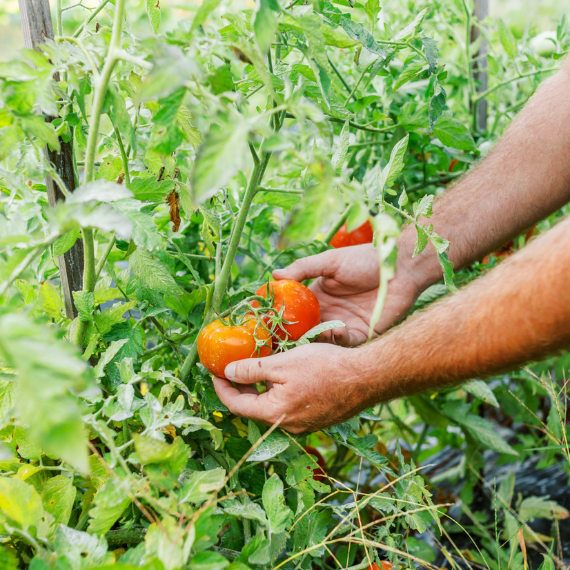
What’s more “summer” than tomatoes from the garden? Or, in Palmetto Bluff’s case–tomatoes from The Farm? We asked our newest addition to the Palmetto Bluff Club’s culinary team, Chef Beth, to share a classic summer staple from her library of recipes: Fattouche...

How did you two meet? Patti: We actually met in college but never dated. We went to Auburn University and both moved to Atlanta after graduation. He was in graduate school at Emory, and I worked as a nurse at Emory’s Children’s Hospital. Pat: Our friend grou...
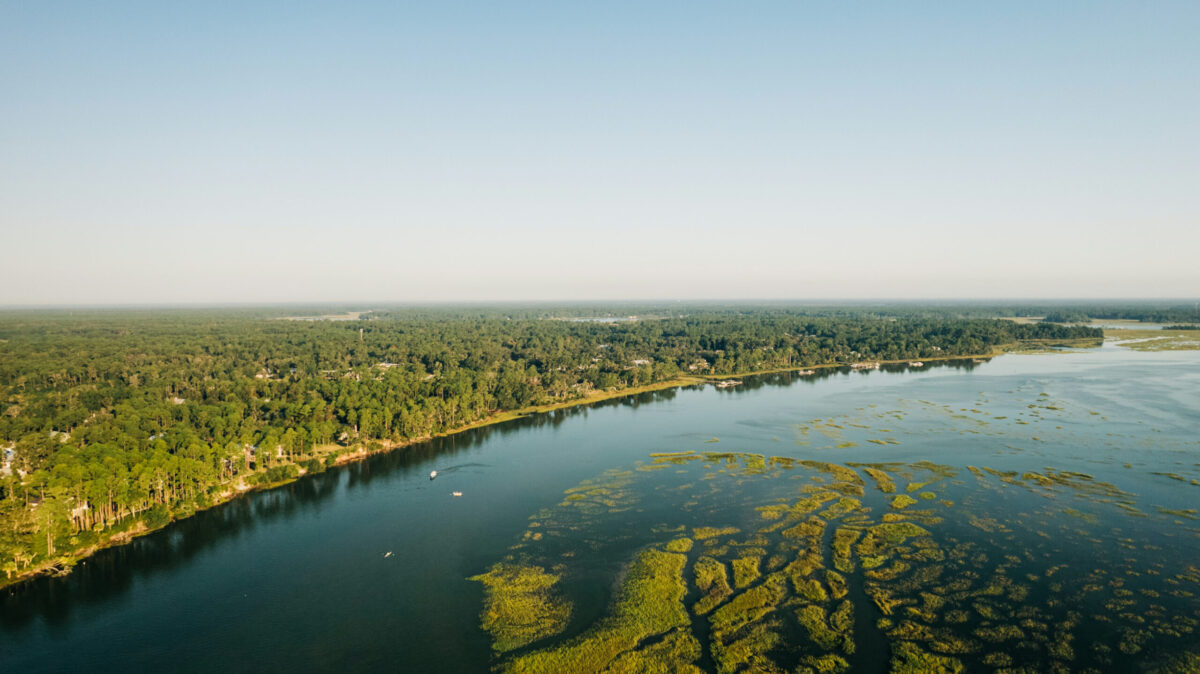
Boat The Bluff: South Carolina Waterways Imagine gliding through serene, glassy waters surrounded by lush marshlands and maritime forests. Welcome to Palmetto Bluff, South Carolina—a paradise for nature enthusiasts, water sports aficionados, and anyone seekin...
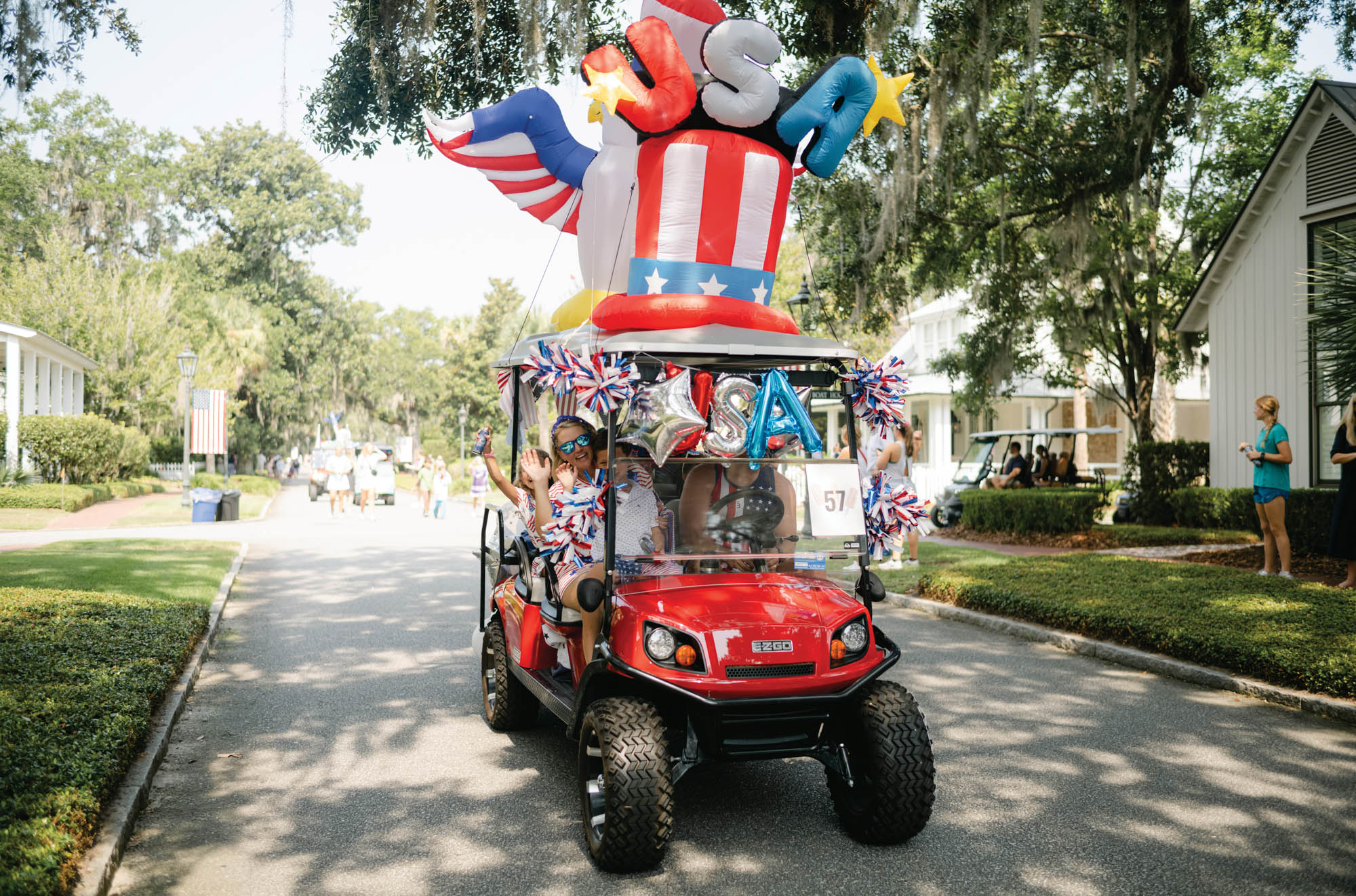
Photography by Charlotte Zacharkiw The fourth of July is the highlight of the Palmetto Bluff calendar. Follow along with the Truslow family on this magical summer day. Neal and Lauren Truslow come to Palmetto Bluff as often as they can. Their kids...
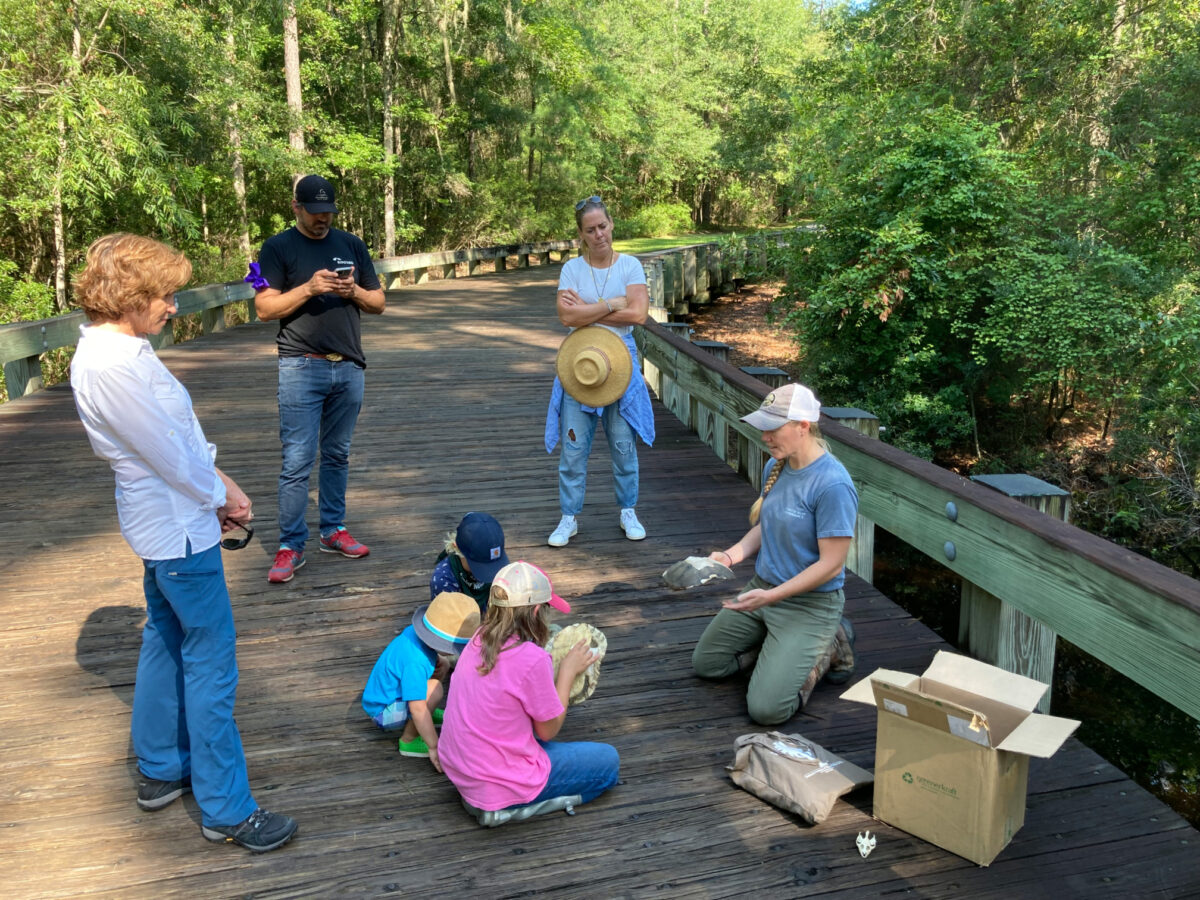
Protecting Nature and History at Palmetto Bluff In the heart of South Carolina's Lowcountry lies Palmetto Bluff, a sanctuary of natural beauty, rich history, and vibrant ecosystems. Since its establishment in 2003, the Palmetto Bluff Conservancy has been dedi...

Photography by Gately Williams Cruise Control Palmetto Bluff lies at the heart of the vast network of rivers and creeks that connect the South Carolina Lowcountry’s barrier islands. A stone’s throw from the notable cultural and historic hubs of Savannah, B...

Tracy’s Journey to Palmetto Bluff Real Estate Situated in the heart of Bluffton, South Carolina, Palmetto Bluff is more than just a community—it's a place of magic and wonder. For Tracy Schyberg, a dedicated sales executive with the Palmetto Bluff Real Estate...
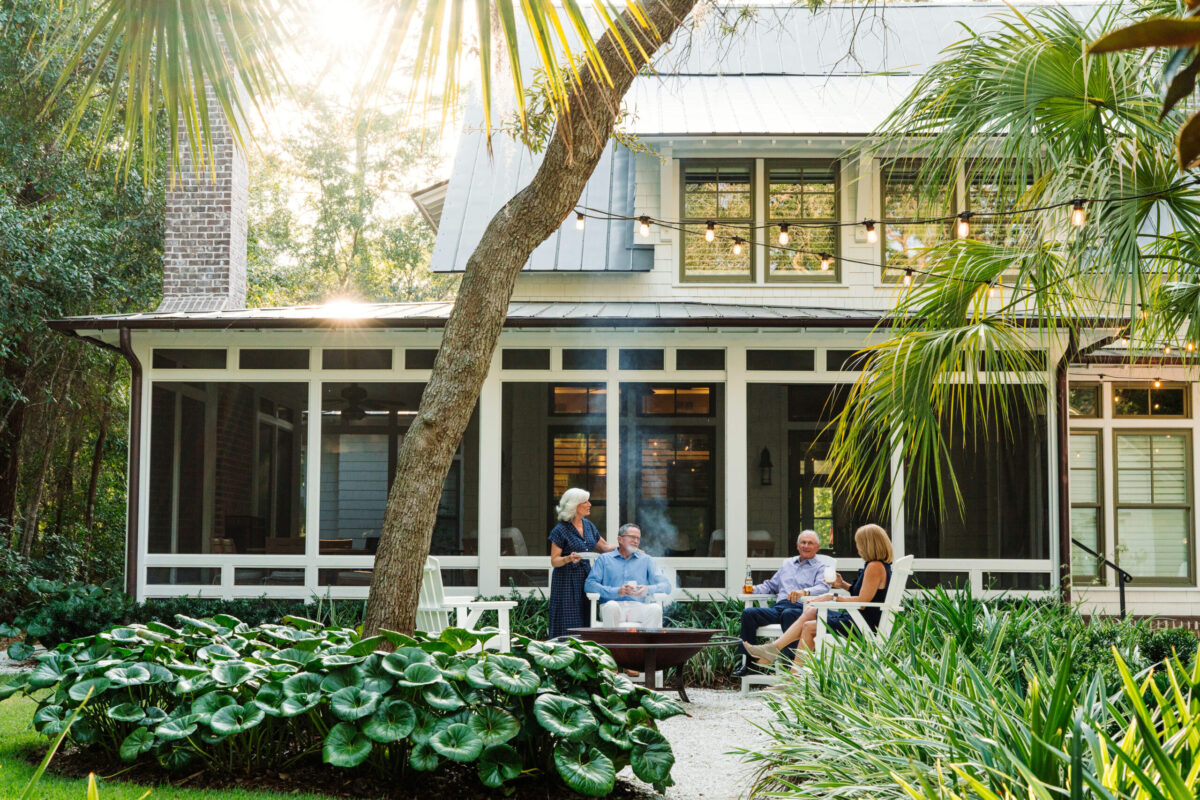
Enhancing Coastal Living With Lowcountry Landscaping Trends The Lowcountry lies along the southeastern coast of the United States, a region known for its breathtaking landscapes, rich history, and unique culture. From the charming streets of Charleston to the...
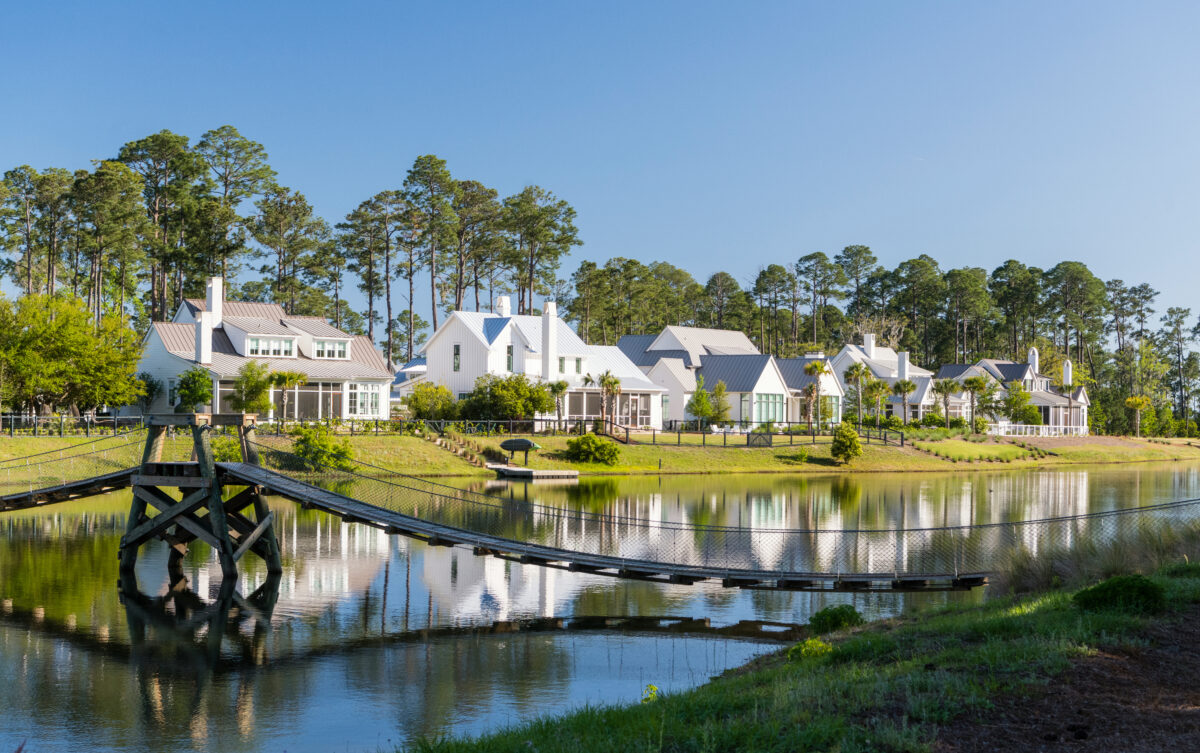
Palmetto Bluff Real Estate Available in Moreland Forest Nestled in the heart of the Lowcountry, Moreland Forest is a charming neighborhood known for its beautiful natural surroundings, Lowcountry architecture, and luxurious amenities. Within the lush forests ...
Learn about the Palmetto Bluff Conservancy and how we keep the vision of our land in place.
On land or water, there is an ever-evolving variety of activities.
We do not attempt to independently verify the currency, completeness, accuracy or authenticity of the data contained herein. All area measurements and calculations are approximate and should be independently verified. Data may be subject to transcription and transmission errors. Accordingly, the data is provided on an “as is” “as available” basis only and may not reflect all real estate activity in the market”. © [2023] REsides, Inc. All rights reserved. Certain information contained herein is derived from information, which is the licensed property of, and copyrighted by, REsides, Inc.